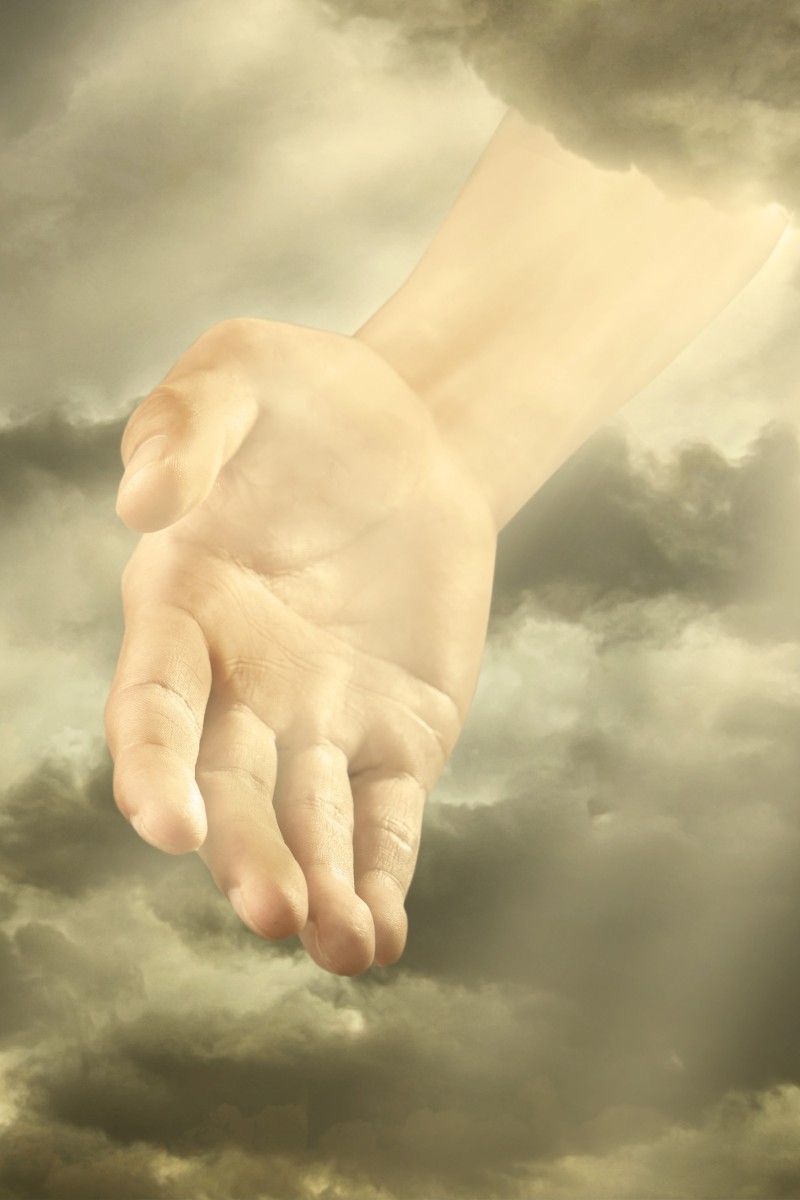
Study Buddy (Explorer): Bizarre ways that the Chinese seek supernatural guidance from the gods
- Deities can be summoned by shaking sticks, reading faces and palms
- Each week, this page presents an interesting story that we have adjusted to be more accessible for all English learners
 Belief in divination goes back centuries and remains integral part of Chinese life. Photo: Shutterstock
Belief in divination goes back centuries and remains integral part of Chinese life. Photo: Shutterstock Content provided by British Council
Read the following text, and answer questions 1-9 below:
[1] China’s rich cultural heritage is deeply intertwined with the use of supernatural means to seek knowledge of the future or the unknown. These practices, dating back 3,000 years, are not just ancient rituals but living traditions that continue to shape Chinese culture today.
[2] According to a 2021 survey by NetEase DataBlog, almost 80 per cent of people under 30 have used fortune-telling services. This widespread interest is reflected in the bustling temples of China, where traditional divination services are in high demand. In fact, these temples saw a threefold increase in visitors in 2023 compared to previous years, as reported by China’s largest online travel platform, Trip.com.
Drawing fortune sticks
[3] This works by lightly shaking a container of flat bamboo sticks inscribed with text or numbers and waiting for one to fall out. While shaking the container, a person whispers or thinks about their questions for the deity. Fortune-tellers then match the “chosen” stick with a prophecy, usually written in four vertical lines of Chinese classical prose. They then explain the prose.
Throwing poe
[4] This is more common at temples in southern China. Two small wooden pieces, known as jiao bei in Mandarin, are thrown onto the floor. A divine answer is then interpreted from the positioning of the pieces on landing.
[5] The pieces have a round and a flat surface, and the combination of the two when they settle suggests whether the deity agrees or disagrees with your question. One flat and one round, known as one yin, or “negative”, and one yang, or “positive”, means the deity says “yes”. The other two combinations mean “no”.
Face and palm reading
[6] This lies in the belief that everyone’s fate is in their facial features. Life can be predicted by matching the features from forehead to chin. Of particular importance is the nose, which stands for wealth. A larger nose suggests better fortune.
[7] Palm reading, as the name suggests, holds that the fate of a person lies in their hands. Lines on the palm represent life, career, marriage and success. The length and direction of the lines suggest what lies ahead in these separate areas. Tradition says the right hand is more decisive in a person’s fate than the left.
Character reading
[8] Known as chai zi in Mandarin, this predicts a person’s fate from the Chinese character they select. Those who want to ask the deity something select a random character. The fortune-teller then splits the character and interprets the meaning of its respective parts.
[9] The relationship between the parts reveals the deity’s answer. This method of divination is possible because Chinese characters are usually compounds of two or more pictographic or ideographic characters that suggest the meaning of a word.
Source: South China Morning Post, April 27
Questions
1.According to paragraph 1, when did the Chinese start using supernatural means to
learn about the future?
___________________________________________________
2. What information is provided in paragraph 2 to show that fortune-telling is popular
among young people in China?
______________________________________________________________________________________________________
3. In paragraph 3, the sticks used for divination are made of …
A. paper.
B. plastic.
C. bamboo.
D. metal.
4. How does one interpret answers from jiao bei, according to paragraph 4?
______________________________________________________________________________________________________
5. Based on paragraph 5, what does it mean if both jiao bei land on the flat side?
______________________________________________________________________________________________________
6. Decide whether the following statements based on paragraphs 6 and 7 are True,
False or the Information is Not Given. Fill in ONE circle only for each statement. (4
marks)
(i) The left hand is less important in predicting a person’s future.
(ii) Smaller noses are associated with less wealth.
(iii) A long line in the middle of the palm suggests one is good in studies.
(iv) Some people think their faces tell their fortune.
7. According to paragraph 7, the lines on one’s palm can tell them about their …
A. career
B. marriage
C. success
D. all of the above
8. Find a word in paragraph 8 that has a similar meaning to “god” or “goddess.”
________________________________
9. “This method of divination” in paragraph 9 refers to telling one’s fortune by …
A. their Chinese last name.
B. picking a Chinese character.
C. how well they speak Mandarin.
D. when they are born according to the lunar calendar.
Answers
1. 3,000 years ago
2. Almost 80 per cent of people under 30 have used fortune-telling services.
3. C
4. from how the wooden pieces land when they are thrown onto the floor
5. It means the deity disagrees with the question.
6. (i) T; (ii) F; (iii) NG; (iv) T
7. D
8. deity
9. B
